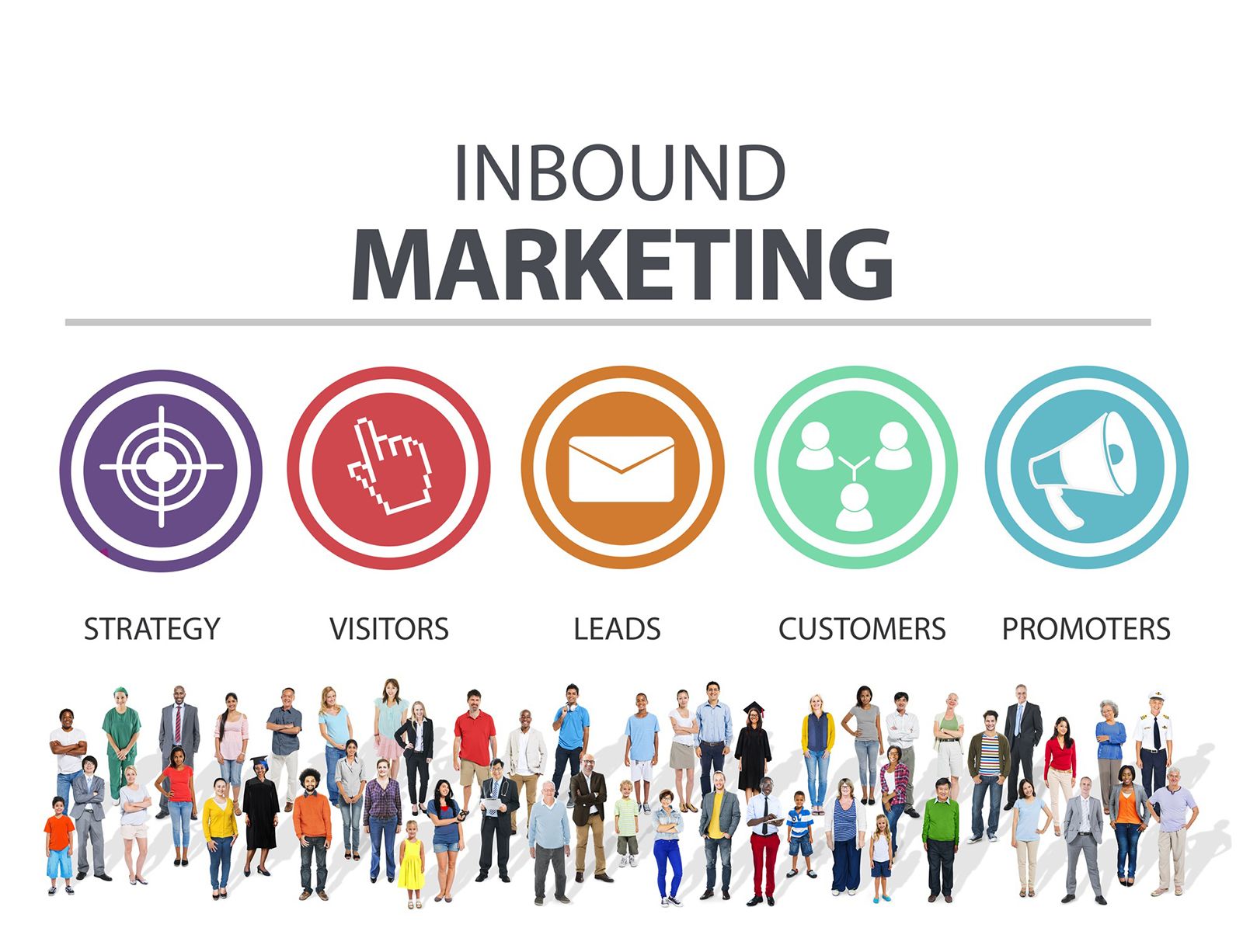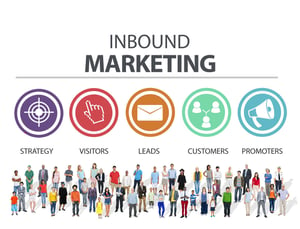
4 Ways to Fail When Creating an Inbound Marketing Campaign
 Inbound marketing’s effectiveness in an age of limited consumer attention and increasing brand skepticism has made it the most popular way to market in the 21st century.
Inbound marketing’s effectiveness in an age of limited consumer attention and increasing brand skepticism has made it the most popular way to market in the 21st century.
What is the inbound marketing methodology?
Inbound marketing focuses on drawing the customer to you. Outbound methodologies envision the customer as a passive audience waiting to receive a message. Inbound recognizes the customer as an active agent in the buying process, and it seeks to assist them on their journey.
Understanding the fundamentals of the inbound marketing methodology can help you immensely as you set up your first inbound marketing campaign. Mistakes are still common, however, and many first-time inbound marketers stumble during their initial campaigns. Here are a few of the most common problems in inbound campaigns, along with tips to help you avoid them.
1. You Don’t Have a Plan for Your Inbound Marketing Campaign
Somewhat shockingly, only 32 percent of marketers have well-documented plans for their inbound campaigns. This could be symptomatic of a larger failure to plan in marketing departments overall. Less than half of all businesses have a clear marketing plan.
It should be clear why a lack of a plan is a problem. If you don’t have a map, how will you know where you’re going? Inbound marketers need plans to execute their campaigns. You need to know which steps you’ll be taking when.
2. You’re Not Measuring the Campaign
Another surprisingly common thing to hear from inbound marketers is that they’re not monitoring the campaign’s performance. If they are, they may be using the wrong metrics.
Metrics are important because they tell you what’s working and what’s not with your campaign. If you don’t measure anything, you’ll have no idea if the campaign was successful or not.
It should be clear why this is a problem. Measuring metrics is the answer to this issue, but which metrics should you pay attention to? Some are better than others. Your metrics should always be in line with your goals.
3. You Haven’t Aligned with Sales
Marketing can help you drive new leads, improve brand recognition, and build a relationship with your customers. Depending on your goals, your inbound marketing campaign may aim to do one of those things, or it may have a broader vision.
Marketing, however, rarely turns into increased sales revenue on its own. While marketing improves brand recognition and awareness, it doesn’t automatically translate into sales. To do that, you’ll need to ensure you’re turning many of your marketing leads over to the sales team.
If you haven’t aligned with sales, this will be difficult to do. Given the buying process today, you’ll need to decide who is most suited to the task of lead nurturing. You also have to consider the sales cycle itself. It’s important to qualify your leads before turning them over to sales. About 75 percent of the leads you generate will need nurturing beyond two years.
An inbound marketing campaign isn’t necessarily a quick fix for lagging sales. It’s a long-term solution designed to build relationships, and this strategy pans out better when you work in tandem with sales.
4. You’re Not Differentiating Yourself
You want your brand to stand out. In a crowded marketplace, good brand recognition can be difficult to achieve. An inbound marketing campaign is uniquely positioned to help you achieve this, but it only works if you have a different value proposition.
The idea of the unique service proposition (USP) still holds true to this day. Unless you can offer your audience something different from your competitors, your inbound marketing campaign likely won’t lead to the success you’re hoping for. Give your USP some thought and build your campaign around it.
Inbound marketing campaigns can be wildly successful. Avoid some of the common pitfalls, and you’ll be well on your way.

CEO and Chief Revenue Scientist
Mike Lieberman, CEO and Chief Revenue Scientist
Eliminate Hit-or-Miss Marketing Moves
Get advice, tips, tools and guidance to generate more leads for your company in this weekly email newsletter.



Eliminate Hit-or-Miss Marketing Moves
Get advice, tips, tools and guidance to generate more leads for your company in this weekly email newsletter.













